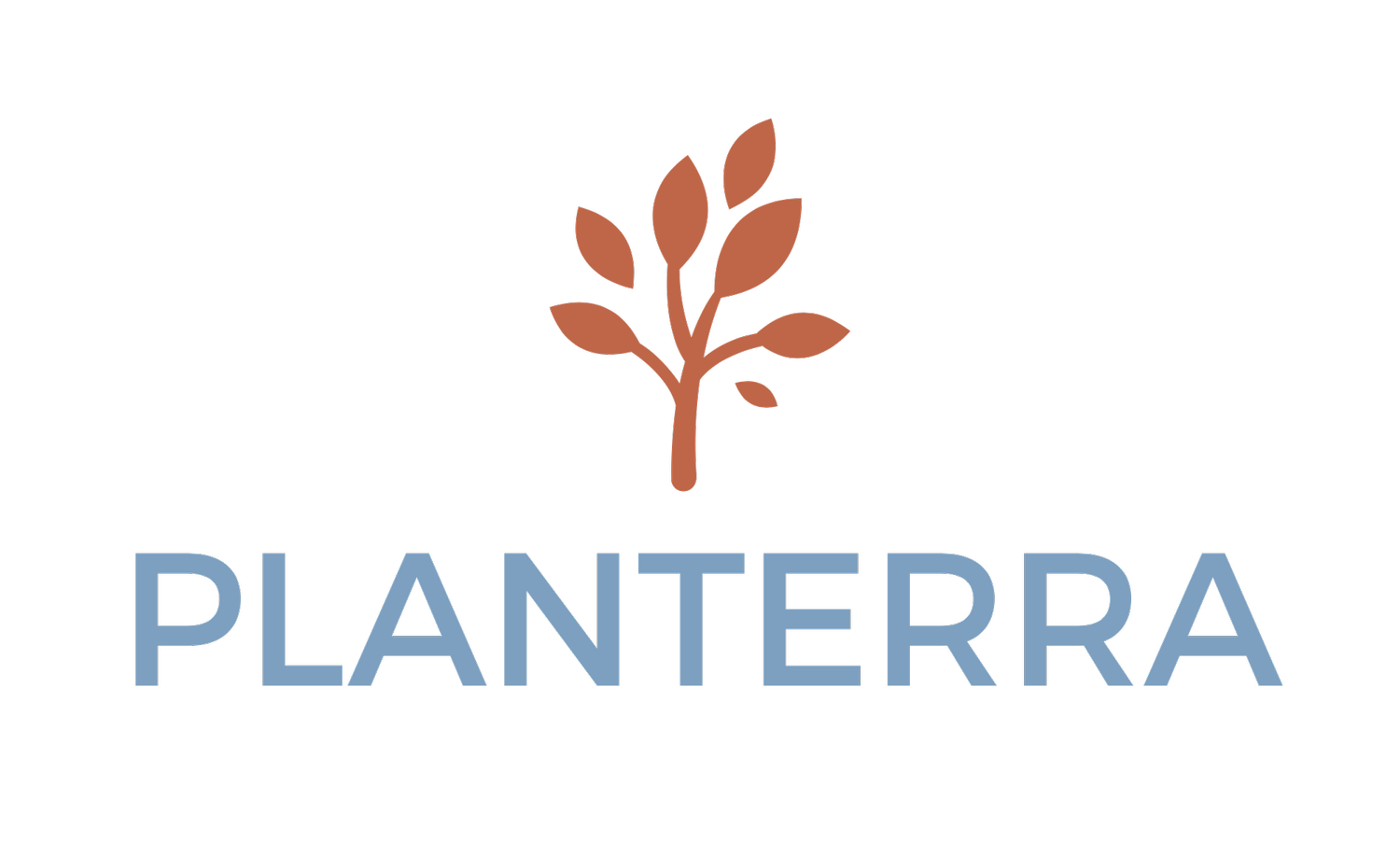Tree Risk Assessment
Well-maintained, mature trees can account for an important portion of a home’s market value and curb appeal. In urban and suburban areas, unhealthy or damaged trees can present a significant risk to people and property. If you have questions about the health and safety of your trees, we can help you manage tree risk with a formal tree risk assessment.
We have advanced knowledge of tree structure, mechanics and biology and will conduct a visual inspection that identifies specific conditions and defects that may indicate an above average risk to people and property.
Tree Risk Assessment Qualification
TRAQ is an ISA qualification program that trains arborists how to use the methodologies outlined in the ISA Best Management Practices for Tree Risk Assessment. This qualification promotes the safety of people and property by providing a standardized and systematic process for assessing tree risk. The results of a tree risk assessment can provide tree owners and risk managers with the information to make informed decisions to enhance tree benefits, health, and longevity.
What is a Certified Arborist?
Certified Arborists are individuals who have achieved a level of knowledge in the art and science of tree care through experience and by passing a comprehensive examination developed by some of the nation’s leading experts on tree care. Certified Arborists must also continue their education to maintain their certification and adhere to a Code of Ethics. Therefore, they are more likely to be up to date on the latest techniques in arboriculture.
Becoming an ISA Certified Arborist is a voluntary process through which individuals can measure their knowledge and competence required to provide proper tree care. ISA Certification is not government-sponsored or government-endorsed; it is administered by the International Society of Arboriculture as a way for tree care professionals to demonstrate their commitment to the profession and the industry.
Recognizing Tree Risk
Trees provide significant benefits to our homes and cities, but when trees fall and injure people or damage property, they are liabilities. Understanding and addressing the risks associated with trees makes your property safer and prolongs the life of the tree.
An arborist can help you manage the trees on your property and can provide treatments that may help reduce the risk associated with certain trees. An arborist familiar with tree risk assessment may suggest one or more of the following:
- Remove the target. While a home or a nearby power line cannot be moved, it is possible to move picnic tables, cars, landscape features, or other possible targets to prevent them from being hit by a falling tree.
- Prune the tree. Remove the defective branches of the tree. Because inappropriate pruning may weaken a tree, pruning work is best done by an ISA Certified Arborist.
- Cable and brace the tree. Provide physical support for weak branches and stems to increase their strength and stability. Such supports are not guarantees against failure.
- Provide routine care. Mature trees need routine care in the form of water, nutrients (in some cases), mulch, and pruning as dictated by the season and their structure.
- Remove the tree. Some trees with unacceptable levels of risk are best removed. If possible, plant a new tree in an appropriate place as a replacement.


